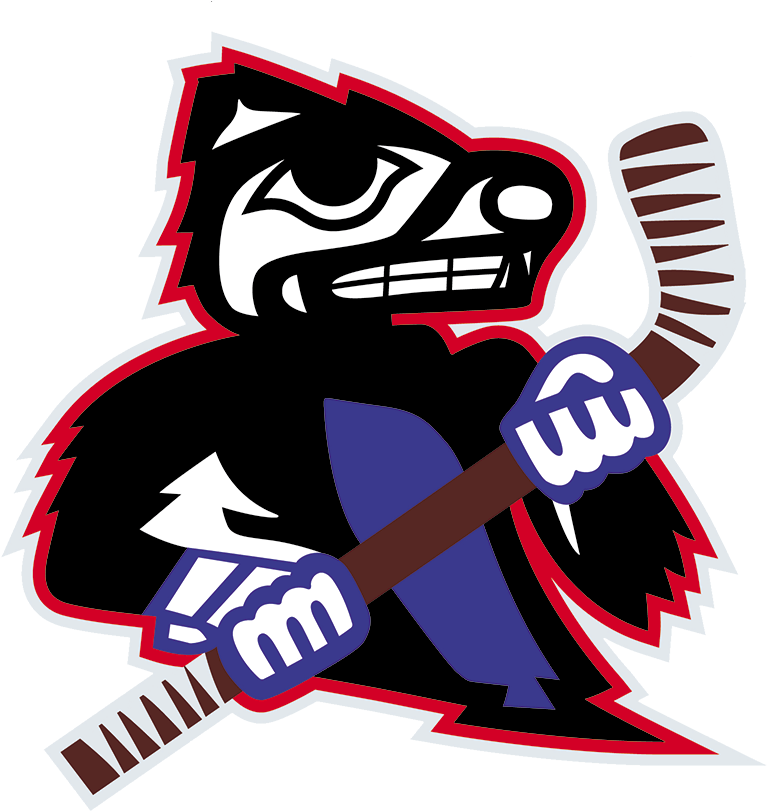
There is nothing more inspiring than the indomitable human spirt, to overcome all challenges that try to stand in the way of aspirations and dreams, we all have our down moments, hell I broke my back and constantly have ok and horrible days. When I feel my worst, I look to those who are blind, missing limbs or any one of the myriads of things can happen to a person to see what we are capable of, did you know there is blind soccer? Yeah, don’t let anything stop you!
Well, we aren’t going on the pitch this time, we are hitting the ice!
Vancouver, British Columbia will serve as the site for the to be held May 7th-17th, 2025 at the University of British Columbia. The ten-day event will feature the best deaf and hard of hearing hockey players from around the world: Canada, Czech Republic, Finland, Hungary, Kazakhstan and the USA, and will compete in a round robin format
The United States Deaf Hockey team has battled against Team Canada in the previous international competitions creating a heated rivalry with each country trading off winning the gold. The upcoming World Deaf Ice Hockey Championships in sure to be a site to behold with the increased tension between both countries temper might just flair on the ice! Along with other countries bringing their highest level of intensity the action will be nonstop!
The WDIHC 2025 logo was created by Siyámotsiya (Paula Wesley), a culturally Deaf Indigenous artist with Stó:lō and Tsimshian heritage. She lives in northwestern British Columbia working as a wood carver and artist.
The WDIHC 2025 logo embodies Canadian winter sports passion, and family, symbolized by a bear with a blue crest. Rooted in local heritage the bear, representing strength, family, vitality, courage, and health, thoughtfulness and independence. In the Indigenous Northwest Coast culture, the bear is known as the Protector of the animal kingdom, it is a powerful coastal animal.
The bear’s bluish frontal crest symbolizes the Pacific Salmon. Blue representing the color of the sea and sky, signifying the Sea-to-Sky Country, a fjord/mountain region. The bottom end of the bear’s frontal crest symbolizes the longest river in British Columbia the Fraser River named Stó:lō by the local Indigenous people who continue living along the river.
The hockey stick and gloves represent the Canadian cultural passion for winter sports, the white tree shape on the left side reveals the Coast Douglas Fir. The top of the bear’s head with three spikes symbolizing the North Shore Mountains. Out of these three spikes, two atop the bear’s ear symbolize an iconic Vancouver landmark called Two Sisters by the local Squamish, Tsleil-Waututh, Musqueam, and Tsawwassen First Nations they are a pair of pointed mountain peaks also named The Lions.
Get ready to watch some amazing players lace up their skates and admire the hockey culture we all love May 7th-17th.
Brian Smith
bsmith288@my.bcit.ca

